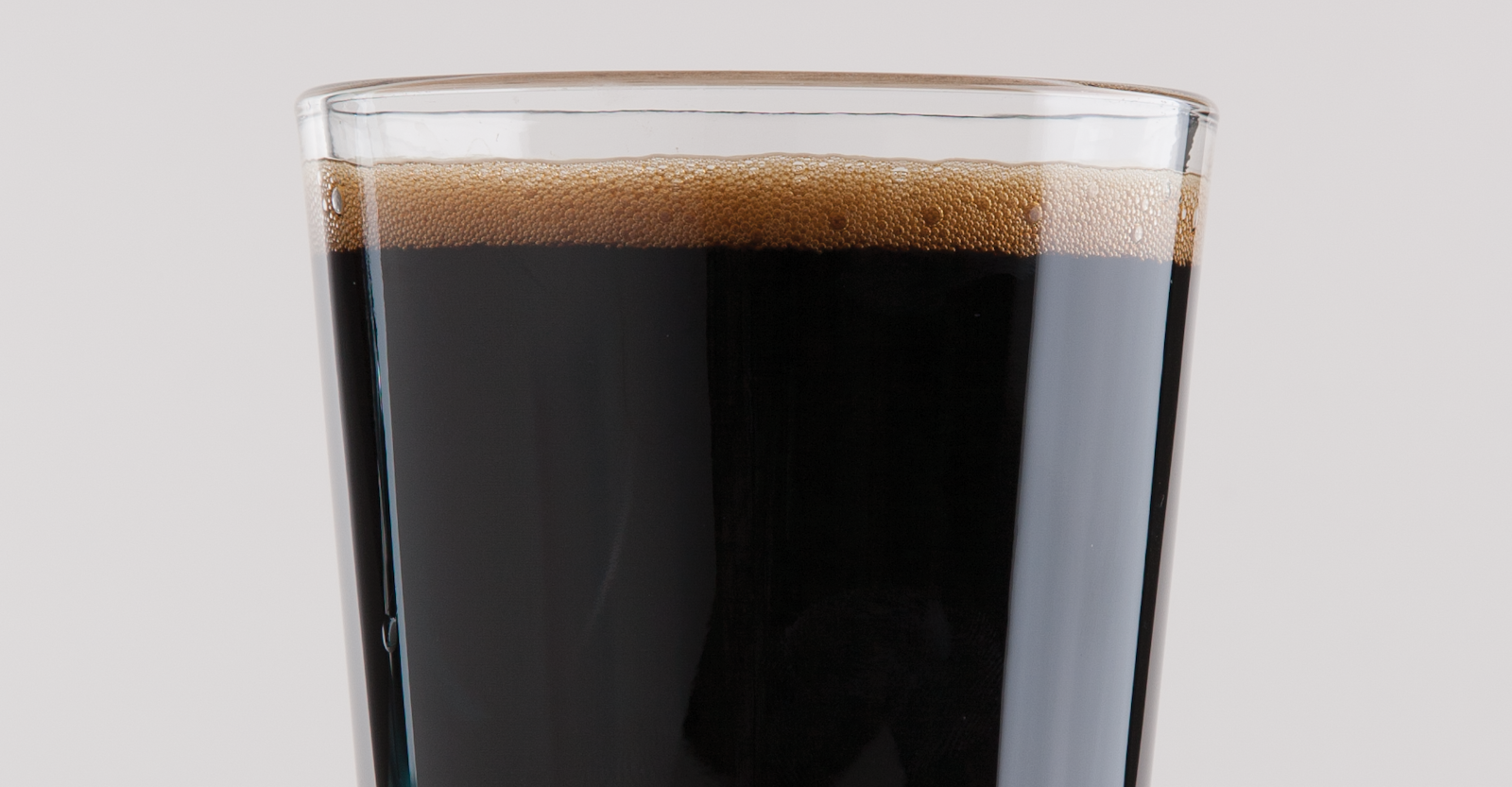One of the more interesting lessons learned by experience in the realm of craft beer and brewing is that there’s a reason we have so many different designators for stouts. It can be easy to lump them all into one category as though they’re all just slight variations on some central theme, but doing that greatly oversimplifies the situation. Despite sharing a common dark and often-opaque appearance, there’s just as great a level of diversity in stouts as there are in chocolates: and I challenge any of you to taste a bar of Hershey’s milk chocolate, then a 96% cacao dark baking chocolate, and tell me, “yup, basically the same thing!” In this case, we’re considering one newly disentangled version of what was once a shared style: the Foreign Extra Stout. How it ever came to share a style apartment with the Tropical Stout is something of a mystery to me – they’re quite different – but when it comes to stouts this one might just be my favorite, even without the fruity flavors and the mental image of flamingos and palm trees.
STYLE
Foreign Extra Stout isn’t a complicated style. However, it is a distinct style, and missing the mark on any one of several flavor characteristics will unavoidably drag it out of its home in category 16D and into one of the other stout styles. It’s probably best to start with ABV: while several stouts can reach fairly high into the alcohol range, FES is specifically expected to meet that somewhat-lofty goal (though not as high as an Imperial Stout). At the same time, though, the beer is meant to be dry and with only subtle warming. The alcohols, in this case, are meant to add some complexity to the bitter and roasty flavor profile, adding a peppery note but with the roast and bitterness countering the sweetness of the alcohol. It’s also a particularly roast-driven style, the way that espresso is assertively roasty relative to a cappuccino or latte. A light burnt note (but not acrid) is desirable. Hops, on the other hand, play very little role here, which is one key distinction between FES and American Stout. So, we want moderately high alcohols (without heat), high roast (without too much burnt), low hops flavor (but moderate to high bitterness), and a clean fermentation character. Clearly we have our work cut out for us.
RECIPE
I like recipes that take a simple approach to things. This isn’t one of them. Don’t get me wrong: you don’t need to use this many different malts to make an FES, but it’s an easy way to ensure that you don’t end up with a warm one-trick roast pony. We’ll get that simplicity back in the hopping, I promise!

